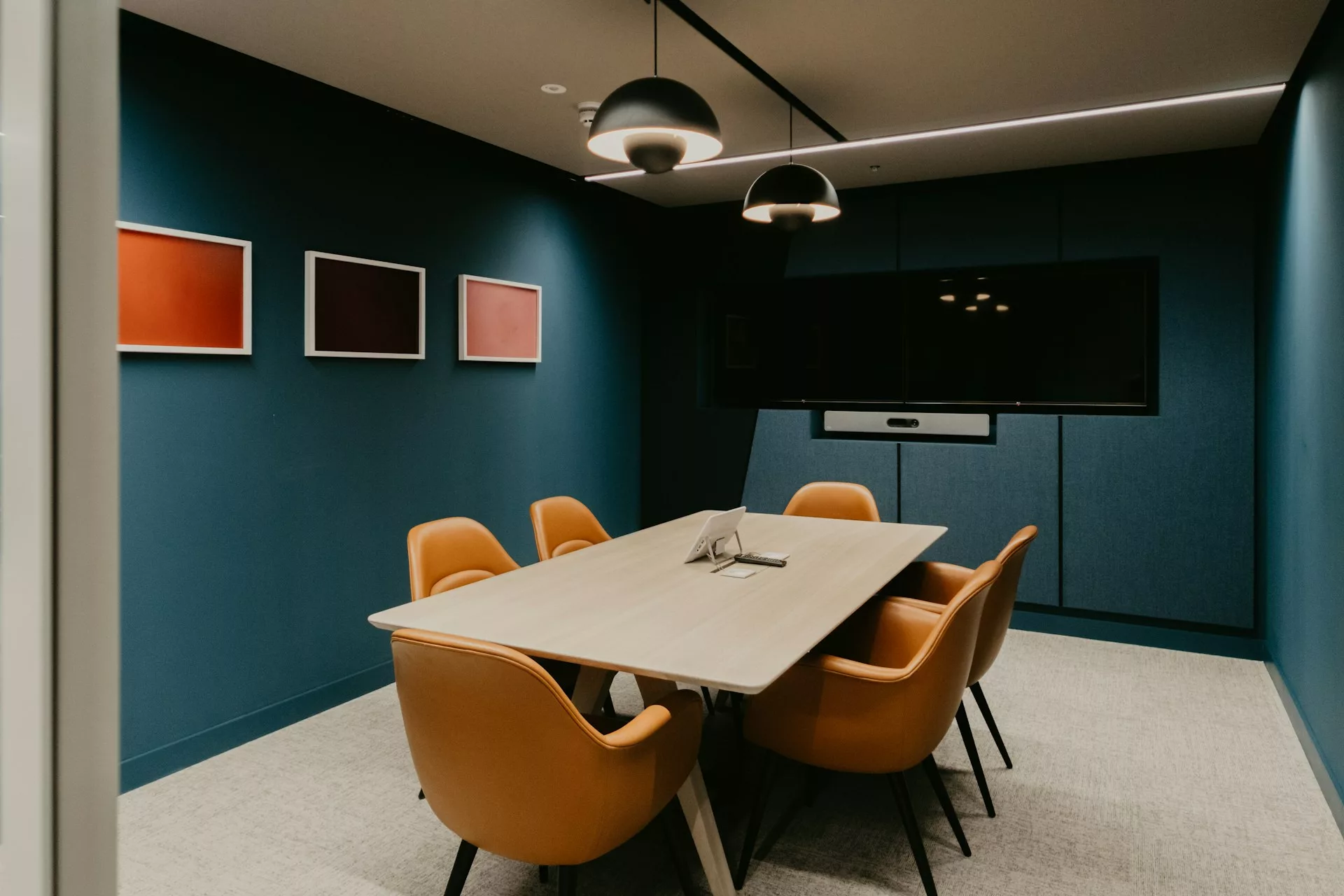From the hues in our office to the tints on our home-office walls, the colours surrounding us can either boost our productivity or send it plummeting down. In a world where we are constantly hunting for hacks to improve efficiency and performance, understanding the impact of paint colour on productivity can be a game changer.
But how does colour affect our work habits? Why does a certain shade make you feel calm, while another energises you? Is there a universally productive colour? These are some of the fascinating questions we’ll explore.
So, if you’re considering a new paint job for your office, or if you’re simply curious about the psychology of color, you’re in the right place. Read on as we dive into the world of colour psychology and discover its impact on our workspaces and productivity. This is not a topic to be glossed over—it has real, tangible effects on our lives. We’re talking about a fresh coat of paint that could potentially rewire your brain for success—now that’s a thought worth exploring!
Improve Your Concentration: The Effect of Paint Colour on Productivity
1. Understanding Colour Psychology
Colour psychology is the study of how colours influence our emotions, behaviours, and general well-being. The colours that surround us, particularly in environments where we spend significant amounts of time, can have profound effects on our mood and productivity. Therefore, it’s essential to understand the psychological impact of various colours when considering paint choices for your workspace. Here are some basic principles of colour psychology:
- Warm Colours: Hues like red, orange, and yellow generally evoke feelings of warmth, comfort, and excitement. They can encourage creativity and stimulate energy but may also be perceived as intrusive or overwhelming if used excessively.
- Cool Colours: Cooler shades, including blue, green, and purple often have a calming and soothing effect. These colours can foster feelings of relaxation, focus, and balance but may come across as cold or uninviting if overused.
- Neutral Colours: Neutrals, such as white, beige, and grey, provide a versatile foundation and can evoke a sense of simplicity, sophistication, and harmony. However, using too many neutrals can create a dull or monotonous environment that lacks visual interest.
2. Choosing Colours for Different Workspace Areas
To create an optimal office environment, it’s essential to consider the unique functions of different spaces and select paint colours that complement these purposes:
- Open-Plan Offices: In open-plan workspaces, where collaboration and communication are key, consider colours that promote focus, professionalism, and harmony. A versatile choice for these settings is light blue, which fosters a sense of calm and concentration. Additionally, soothing neutrals like beige, sand, or soft grey help create a cohesive and balanced atmosphere.
- Meeting Rooms: As communication and collaboration hubs, meeting rooms benefit from colours that stimulate creativity and encourage open dialogue. A muted shade of orange or yellow can invoke positive energy and creativity, while green is known to promote calmness, making it an apt choice for brainstorming sessions.
- Break Spaces: Office break rooms and lounge areas should promote relaxation and rejuvenation. Consider shades of green and blue, well-regarded for their soothing and calming effects. Incorporating these colours in break spaces can help employees recharge their minds and return to work refreshed.
- Private Offices: Independent workspaces, such as private offices, require a focus on personal productivity. Muted shades of blue, like steel or sky blue, are excellent options for these spaces, as they can enhance concentration and minimize distractions.
3. Balancing Colour, Mood, and Productivity
Achieving the right balance between mood-boosting colours and maintaining a productive workspace is essential. Consider the following guidelines for creating a functional and aesthetically pleasing workspace:
- Determine Layout and Function: Before selecting paint colours, it’s vital to determine the layout of the office, the intended use of each space, and the desired ambiance. This information will help guide your colour choices and support the intended function of each area.
- Coordinate Paint Colours: Rather than selecting individual colours for separate rooms, consider a unified paint colour palette that connects the various workspaces in a cohesive and harmonious manner.
- Use Accent Colours: Incorporate accent colours, like furniture, wall art, or accessories, that enliven the office without overpowering the space. Balance vibrant accents with neutral or muted shades to maintain a professional, comfortable environment.
4. Implementing Design Elements and Lighting
Alongside paint colours, consider design elements and lighting options that support a productive environment and enhance your chosen office aesthetic:
- Incorporate Natural Light: Natural light increases mood and productivity. Utilize windows, skylights, and glass doors to maximize natural light exposure in your workspace.
- Use Task Lighting: Provide task lighting, such as desk lamps or under-cabinet lighting, that enables employees to customize their workspace illumination for improved focus and comfort.
- Add Inspiring Decor: Incorporate visually appealing and inspiring wall art or motivational quotes that complement your chosen colour scheme, while providing inspiration and encouragement to employees.
Harnessing the Power of Color: Boosting Productivity in Your Workspace
Remember, there’s no one-size-fits-all approach in this matter. A colour that might work wonders for one might not necessarily yield the same results for another. This warrants an opportunity for exploration and experimentation to find the most suitable colour that would work best for you.
To that end, contact Xico Enterprises Inc. today to discuss your office painting project and let our team of affordable painters in Victoria, BC, assist you in curating a productive, comfortable, and visually stunning workspace.



